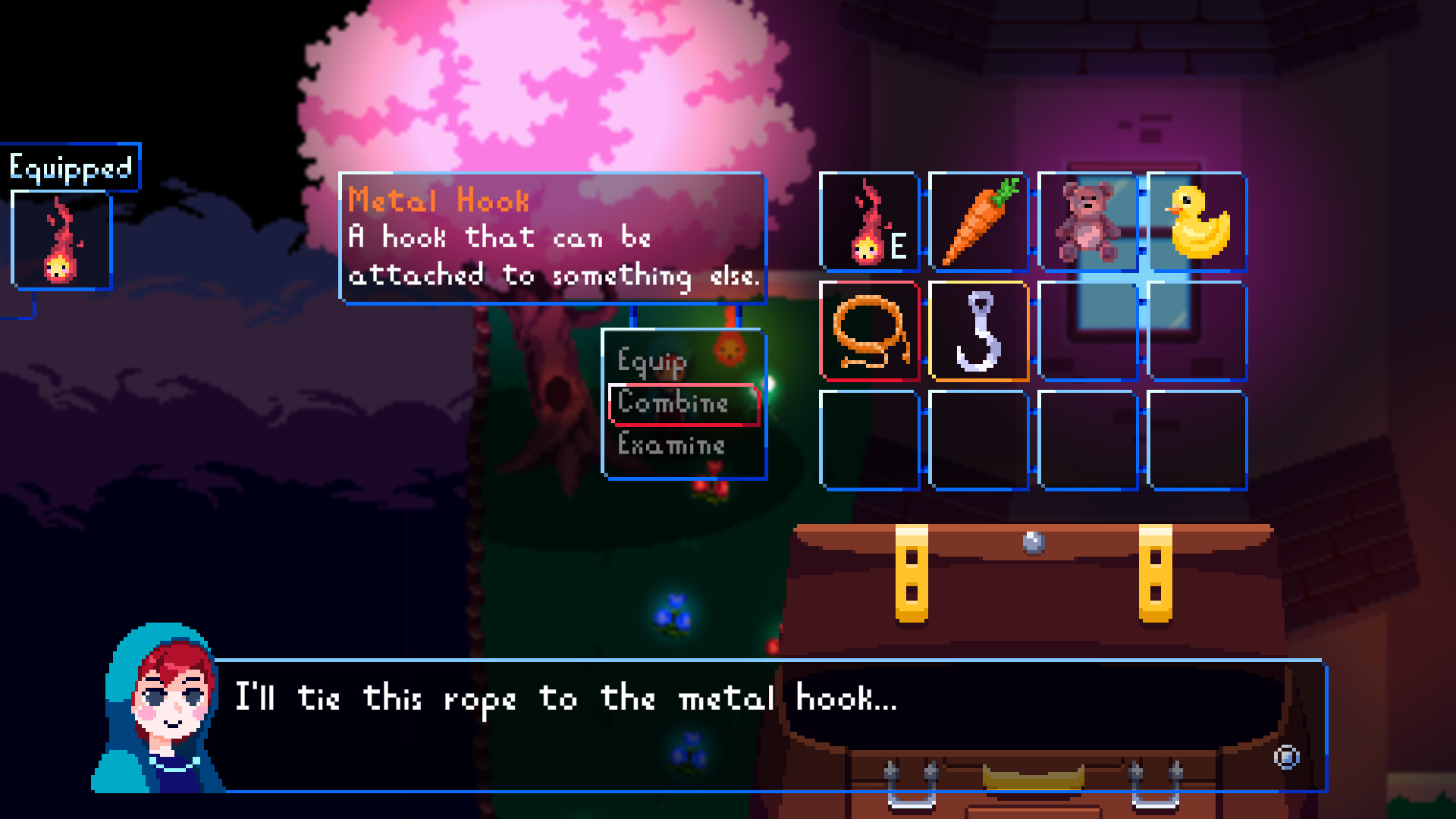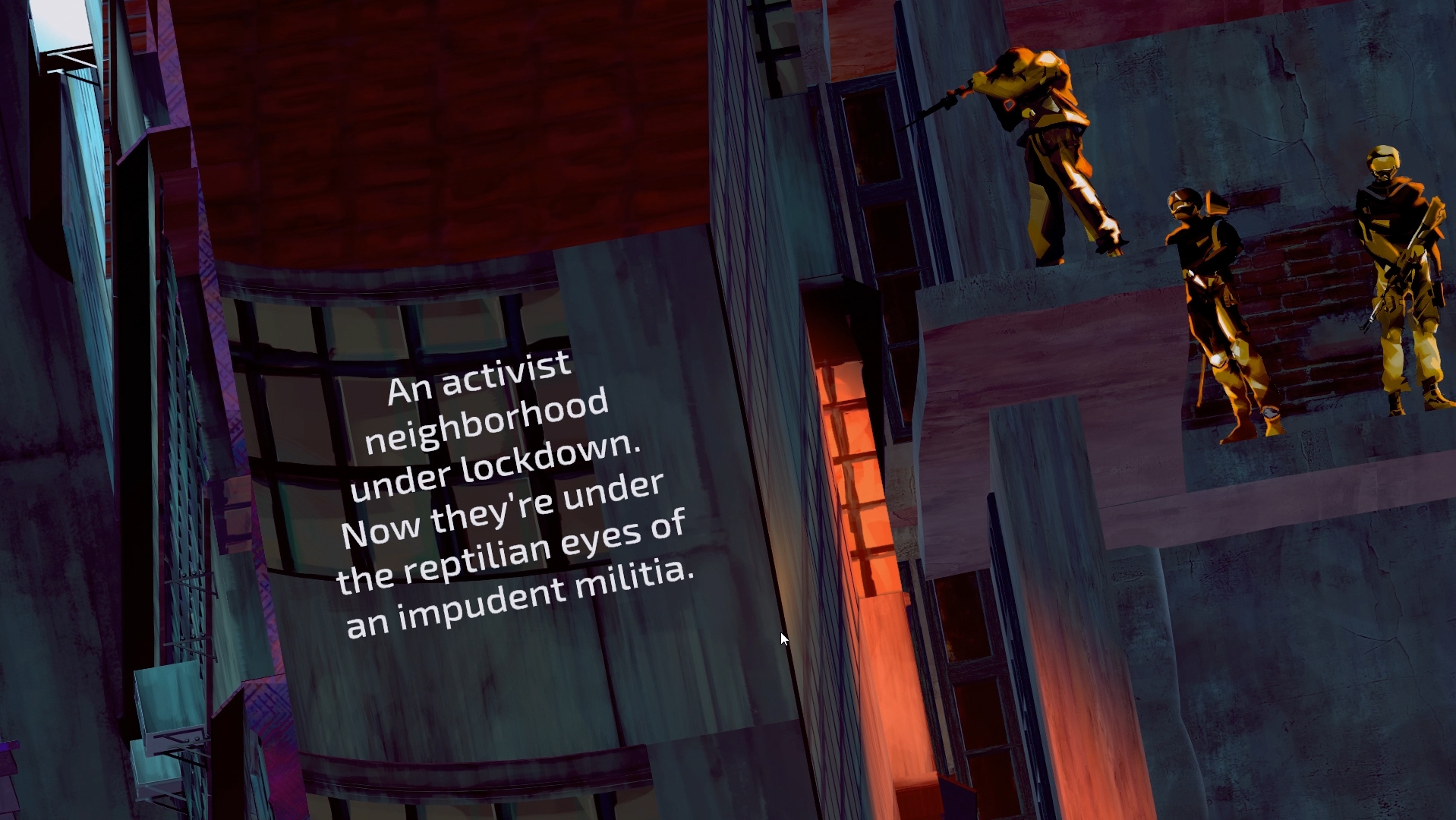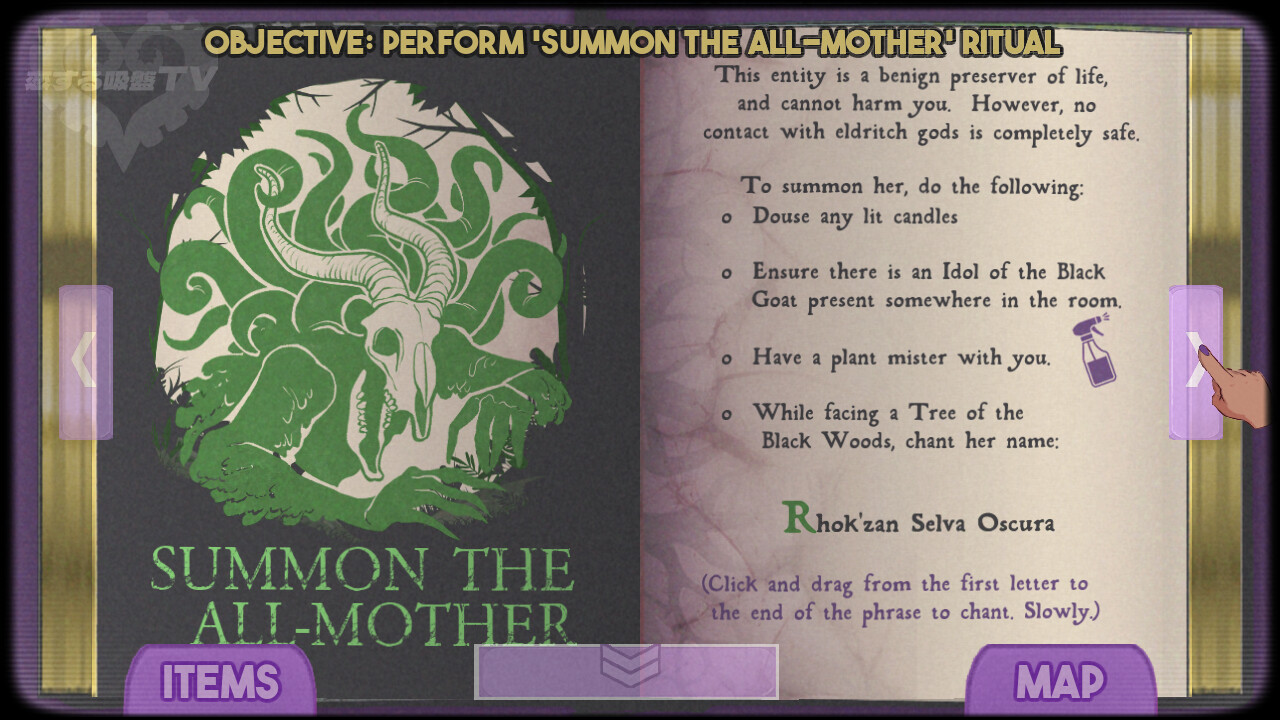When a game looks good on your gaming rig, this is the real reason why
Tech in gaming is way more interesting than you thought

When it comes to game development, there are many intricacies that go into nearly every decision, from UX to gameplay, to story, to core themes expressed in the direct UI. And Game Devs of Color Expo 2023, while a gathering of POC developers to express their unique challenges in the industry, featured plenty of panels and talks that delve into the more technical aspects of gaming.
The most important is how your approach to UX design can make or break how your game is received by players. The purpose of good UX design is that it must solve a problem for the users. It must be intuitive enough that any player can immediately pick up and understand the meaning behind a game’s UI. A common test of this is how intuitive a game’s menu is, with the best ones being simple and easy to use, even when coming back after a prolonged period.
It’s important to remember that UX is for the user first and foremost, not what the developer prefers. This also means that user feedback is vital during testing, as this also determines how successful and profitable your game will be. As such, research, data, and test results are key to creating UX that best works for those playing the game.

This ties into another lesson from GDoCExpo 2023, which delves into the various types of UX designs, which ones are used, and how they’re used. These designs represent a certain level of ‘presence,’ which refers to part or all of an individual’s current experience filtered through human-made technology. Applying this to UX design or game UX, it means that players will feel that the tech being manipulated by them is an extension of themselves (i.e., an avatar in a game). There are four main types of game UX: Diagetic, Meta, Spacial, and Abstract.
Diagetic interface is a 3D UI that’s grounded in the narrative of the game (think Dead Space’s health meter built in Isaac’s suit or the ammo counter in Halo), Meta interface is a 2D UI that’s still based on the narrative of the game (the blood spatter in Call of Duty or the tunnel vision during stunts in Ace Combat), Spacial interface is a 3D UI that’s not based in the narrative (stealth meter, health bar), and Abstract interface is a 2D UI that’s not based in the narrative (text-based menus and interfaces).
As you can see, none of these game UX types are inherently superior to each other. Which ones are used depends solely on what works best for that game. Dead Space’s Diagetic health meter woven into Isaac’s suit works for that game but would be sorely out of place in a Super Mario game, which is best suited for the Abstract lives system. Likewise, an RPG needs Abstract text-based menus to convey information about the player character’s stats, equipment, abilities, and items. What matters is what system best serves the player’s needs rather than what the developer deems the ‘coolest’ or most ‘artistic.’

From there, you can apply more complex techniques in game development, like creating a core theme and then framing the UI to best convey that theme to your players in a way that’s uniquely interactive while still being easy to understand.
An example is from the game Solace State, which heavily uses environmental storytelling. This is conveyed by literally implementing story beats and other information into the environment by using Diegetic text revealed through different camera angles, transitions, and movements. Another technique is the use of dialogue trees that lead into multiple endings, which reflects another central theme of how community and collectivism affect you and in turn how you affect your community.
As you can see, your approach to basic development tenets can shape how players interact with the world, characters, and story. Choosing the UX design that works best for those players is vital for maintaining their interest in your game and how well they receive the messages you’re conveying through your game’s interface. Being creative is important, but so is research and applying proven methods in order to develop some of the best PC games.
Get daily insight, inspiration and deals in your inbox
Sign up for breaking news, reviews, opinion, top tech deals, and more.

Named by the CTA as a CES 2023 Media Trailblazer, Allisa is a Computing Staff Writer who covers breaking news and rumors in the computing industry, as well as reviews, hands-on previews, featured articles, and the latest deals and trends. In her spare time you can find her chatting it up on her two podcasts, Megaten Marathon and Combo Chain, as well as playing any JRPGs she can get her hands on.